DREAMers Can Apply for Deferred Action

What is deferred action?
Deferred action is a discretionary determination to defer removal action of an individual as an act of prosecutorial discretion. Deferred action does not confer lawful status upon an individual. In addition, although an individual whose case is deferred will not be considered to be accruing unlawful presence in the United States during the period deferred action is in effect, deferred action does not excuse individuals of any previous or subsequent periods of unlawful presence.
Under existing regulations, an individual whose case has been deferred is eligible to receive employment authorization for the period of deferred action, provided he or she can demonstrate “an economic necessity for employment.” DHS can terminate or renew deferred action at any time at the agency’s discretion.
You may request consideration of deferred action for childhood arrivals if you:
- Were under the age of 31 as of June 15, 2012;
- Came to the United States before reaching your 16th birthday;
- Have continuously resided in the United States since June 15, 2007, up to the present time;
- Were physically present in the United States on June 15, 2012, and at the time of making your request for consideration of deferred action with USCIS;
- Entered without inspection before June 15, 2012, or your lawful immigration status expired as of June 15, 2012;
- Are currently in school, have graduated or obtained a certificate of completion from high school, have obtained a general education development (GED) certificate, or are an honorably discharged veteran of the Coast Guard or Armed Forces of the United States; and
- Have not been convicted of a felony, significant misdemeanor, OR three or more other misdemeanors, and do not otherwise pose a threat to national security or public safety.
Examples of Documents to Submit to Demonstrate you Meet the Guidelines
| Proof of identity |
|
| Proof you came to U.S. before your 16th birthday |
|
| Proof of immigration status |
|
| Proof of Presence in U.S. on June 15, 2012 |
|
| Proof you continuously resided in U.S. since June 15, 2007 | |
| Proof of your student status at the time of requesting consideration of deferred action for childhood arrivals |
|
| Proof you are an honorably discharged veteran of the U.S. Armed Forces or the U.S. Coast Guard |
|
It is very important that a licensed immigration attorney assist you to file for a request for Deferred Action. Do not be fooled into thinking an immigration consultant, “notario,” or other professional can assist you with this program. While the USCIS has stated that the information collected may not lead to enforcement or removal of criminal aliens, close inspection of their guidance suggests that certain serious offenders who apply for Deferred Action could be issued a Notice to Appear (NTA) before an Immigration Court under the government’s limited policy procedures for the issuance of an NTA.
For more information, contact our firm, visit the USCIS webpage set up for Childhood Arrivals seeking Deferred Action, or visit this website (also in Spanish) set up by the American Immigration Lawyers Association and its affiliates.
[printfriendly]






